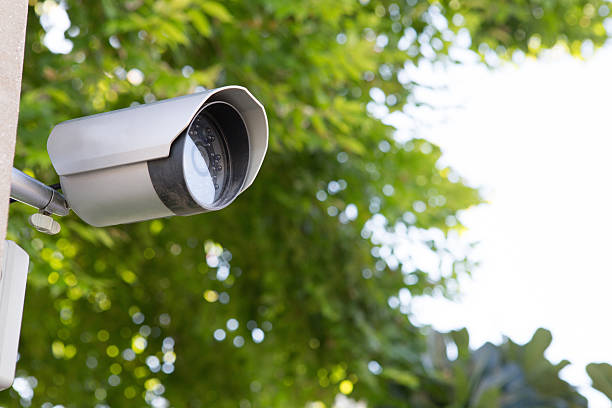The Rise of Video Surveillance
Video surveillance has become a ubiquitous part of modern society. From public spaces and transportation hubs to commercial establishments and private properties, surveillance cameras are deployed to enhance security, prevent crime, and monitor activities. While these systems offer undeniable benefits, they also raise important concerns about individual privacy. In this article, we will explore the delicate balance between video surveillance and privacy rights, highlighting the challenges and potential solutions to address this complex issue.
The Impact on Privacy
1. Public Spaces and Consent
One of the key concerns with video surveillance is its extensive coverage of public spaces, where individuals may not be aware that they are being monitored. In many cases, people are captured on camera without providing explicit consent, leading to concerns about data collection and potential misuse. Striking a balance between public safety and personal privacy requires transparent communication about surveillance measures and clear policies on data retention and usage.
2. Facial Recognition Technology
The integration of facial recognition technology in video surveillance adds another layer of complexity to the privacy debate. While it offers enhanced identification capabilities and assists in tracking criminal activity, there are valid worries about potential abuses. Misidentification, data breaches, and unauthorized use of facial data underscore the need for robust regulations and safeguards to protect individuals from unwarranted scrutiny.
3. Employee Monitoring
Video surveillance in the workplace can lead to tension between employers’ interests in security and employees’ right to privacy. Balancing these interests requires implementing policies that respect employees’ privacy rights while ensuring a safe work environment. Transparency, consent, and restricting surveillance to relevant areas can help strike the right balance in employee monitoring.
Striving for Privacy-Conscious Surveillance
1. Anonymization and Data Encryption
To alleviate privacy concerns, video surveillance data should be anonymized wherever possible. Removing personally identifiable information from recorded footage can protect individuals’ identities and mitigate the risks of unauthorized tracking. Additionally, encrypting data both in transit and storage can provide an extra layer of protection against potential cyber threats.
2. Regular Audits and Compliance Checks
Periodic audits and compliance checks can ensure that video surveillance practices align with privacy regulations and organizational policies. Employers and security personnel must stay updated on evolving laws and standards to maintain a privacy-conscious approach in their surveillance operations.
3. Public Awareness and Engagement
Educating the public about the purpose and scope of video surveillance initiatives can foster a sense of shared responsibility for security. Engaging with the community and seeking feedback can help build trust and ensure that surveillance measures are well-accepted and respected.

Conclusion
Video surveillance plays a crucial role in safeguarding our communities, but it must not come at the cost of individual privacy. Striking the right balance requires adopting privacy-conscious practices, implementing robust regulations, and fostering public engagement. By being proactive in addressing privacy concerns and leveraging technology responsibly, we can harness the power of video surveillance while preserving the fundamental rights and dignity of every individual.

